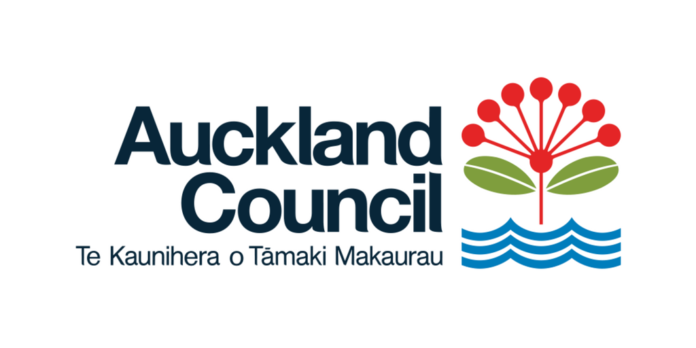Source: Auckland Council
Digital maps showing the areas of the 3200km Tāmaki Makaurau coastline that may be affected by coastal erosion will be available on the council’s online mapping platform from this weekend.
Coastal erosion and instability are natural processes. They become a hazard when they impact on things that we value – like parks, open spaces, and private property.
“We have a diverse coastline that includes three major harbours, sandy beaches and dunes, rocky shores and cliffs, estuaries, and offshore islands,” says Councillor Richard Hills, Chair of Auckland Council’s Environment and Climate Change Committee.
“An important part of the council’s mandate is to understand the potential risks and impacts of coastal erosion in Tāmaki Makaurau. Our coastal and geotechnical experts have recently completed research to help us all understand the potential impact on our coastline of forecast sea level rise.”
In February the council released a report that identified areas of Auckland’s coastline predicted to be susceptible to coastal erosion and instability, and presented the results as heat maps and tables. The online mapping platform makes these results more easily accessible as digital maps.
Erosion susceptibility lines have been predicted for 2050, 2080, and 2130 based on sea level rise forecasts recommended by Ministry for the Environment and NIWA national guidance.
“Auckland’s long and diverse coastline, and our high population to coastline ratio, means our exposure to coastal hazards including coastal instability and erosion is reasonably high. This risk isn’t new, but our new study helps us better visualise how climate change will impact the coast. This will assist Auckland’s decision making relating to coastal development.” says Paul Klinac General Manager Technical Services.
Currently, the council may request site-specific hazard assessments for resource consent applications where development is proposed within coastal erosion hazard areas defined in the Auckland Unitary Plan. The existing requirements for hazard assessments will continue in future, but with reference to the updated erosion susceptibility lines which give applicants more clarity as to when more detailed information may be required by the council.
“Auckland is growing, and more people are using and valuing our coast in different ways. The publication of these hazard lines provides visibility of potential coastal erosion on both public places like beaches and coastal reserves, as well as privately owned property,” says Councillor Hills.
The council is now working on an Auckland Unitary Plan change to ensure that the new coastal erosion study is considered for future development of Auckland’s coast.



